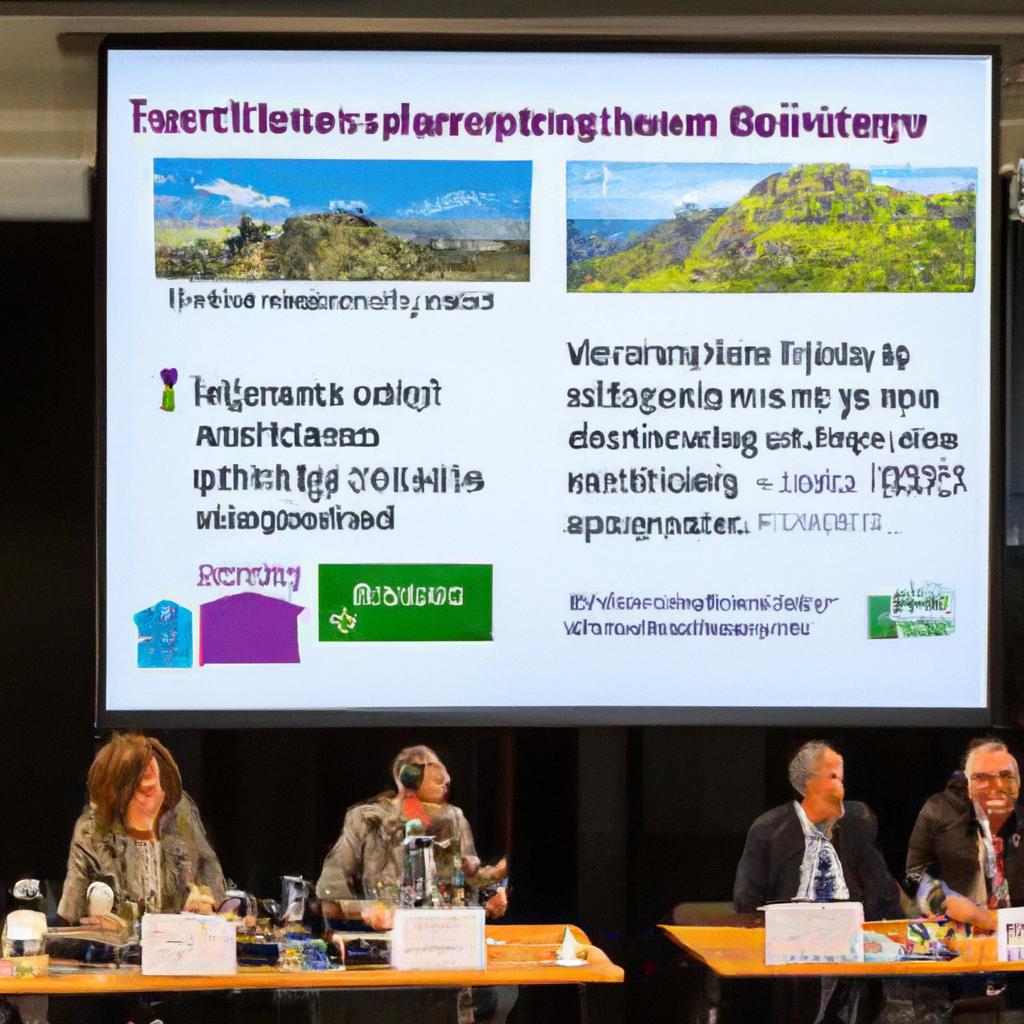In an era marked by rapid environmental changes and increasing societal demands for responsible business practices, the pursuit of sustainable projects has transcended mere trendiness to become a central tenet of long-term economic viability. As organizations and entrepreneurs seek to balance profitability with social and environmental stewardship, the exploration of innovative, sustainable project ideas emerges as a paramount focus. This article delves into a range of profitable project concepts that not only promise financial returns but also contribute positively to the planet and its inhabitants. By examining the intersection of sustainability and profitability, we aim to illuminate viable pathways for businesses and individuals committed to fostering a more sustainable future while achieving enduring success. Whether you are a seasoned entrepreneur or a budding innovator, understanding these strategic avenues can equip you with the necessary insights to align your objectives with the growing global movement toward sustainability.
Table of Contents
- Identifying Key Sectors for Sustainable Investment Opportunities
- Analyzing Revenue Models for Environmentally Conscious Projects
- Implementing Best Practices for Growth and Resource Management
- Measuring Impact and Success in Sustainable Project Endeavors
- The Way Forward
Identifying Key Sectors for Sustainable Investment Opportunities

In the quest for sustainable investment, it is crucial to pinpoint sectors that not only promise profitability but also contribute positively to the environment and society. Key areas worth exploring include:
- Renewable Energy: Growing demand for clean energy sources such as solar, wind, and hydroelectric power.
- Sustainable Agriculture: Innovations that reduce waste and promote organic practices to enhance food security.
- Green Technology: Advancements in technology that decrease carbon footprints and increase efficiency.
- Circular Economy: Business models that prioritize waste reduction and resource reuse.
- Eco-Friendly Construction: Sustainable building materials and energy-efficient designs that lower environmental impact.
To support informed investment decisions, a tangible assessment of the sectors can be beneficial. The table below highlights the potential growth, sustainability impact, and challenges facing these key sectors:
| Sector | Growth Potential | Sustainability Impact | Challenges |
|---|---|---|---|
| Renewable Energy | High | Significant reduction in greenhouse gases | Initial capital costs |
| Sustainable Agriculture | Medium to High | Improved soil health and biodiversity | Market access for small farmers |
| Green Technology | High | Enhanced resource efficiency | Rapid technological advancements |
| Circular Economy | Medium | Waste reduction and resource conservation | Consumer behavior change |
| Eco-Friendly Construction | Medium | Lowered carbon emissions from buildings | Regulatory hurdles |
Analyzing Revenue Models for Environmentally Conscious Projects

Revenue models for environmentally conscious projects require innovative thinking that aligns both ecological goals and financial sustainability. A variety of strategies can be utilized to generate income while promoting sustainable practices. Here are some key approaches that can be explored:
- Subscription Services: Consistent revenue through monthly or yearly fees for access to eco-friendly products or services.
- Freemium Models: Attracting users with free resources, then converting them into paying customers for premium offerings.
- Government Grants and Incentives: Leveraging public funding available for green initiatives, reducing upfront costs.
- Partnerships with Corporations: Collaborating with businesses that prioritize corporate social responsibility, enhancing brand visibility.
- Crowdfunding: Engaging the community by financing projects through platforms that support green ideas.
To illustrate the potential financial impact of these revenue models, the following table presents an example of projected income streams for a hypothetical sustainable agriculture project.
| Revenue Source | Projected Annual Income |
|---|---|
| Subscription Services | $50,000 |
| Partnerships | $30,000 |
| Grants and Incentives | $20,000 |
| Crowdfunding | $15,000 |
| Freemium Conversions | $10,000 |
Implementing Best Practices for Growth and Resource Management
To foster growth and optimize resource management, businesses should adopt a structured approach that emphasizes efficiency and innovation. Implementing strategic planning processes, such as SWOT analysis, enables organizations to identify strengths, weaknesses, opportunities, and threats in their current practices. This assessment allows for a streamlined allocation of resources towards high-impact initiatives that align with both immediate goals and long-term sustainability. Furthermore, leveraging technology for data analysis can provide valuable insights, leading to informed decision-making and enhanced operational processes.
Moreover, cultivating a culture of continuous improvement ensures that teams remain agile and responsive to market changes. Emphasizing cross-functional collaboration can break down silos and foster creativity, enabling teams to harness diverse perspectives in problem-solving. It is also essential to prioritize employee training and development, ensuring that the workforce is equipped with the skills necessary for tackling evolving industry challenges. Below is a simple table illustrating key practices for effective resource management:
| Practice | Description |
|---|---|
| Resource Allocation | Prioritize projects based on strategic importance and ROI. |
| Technology Utilization | Use data analysis tools to monitor performance and identify trends. |
| Employee Engagement | Invest in training programs to enhance skills and knowledge. |
| Agile Methodologies | Adopt flexible frameworks to respond quickly to changes. |
Measuring Impact and Success in Sustainable Project Endeavors
Understanding the impact of sustainable project endeavors is essential for demonstrating their value and effectiveness. The measurement process should involve a combination of quantitative and qualitative assessments to provide a holistic view. Key performance indicators (KPIs) can include environmental benefits, social influences, and economic returns. To successfully gauge these factors, project managers should consider:
- Carbon footprint reduction: Assess the decrease in greenhouse gas emissions resulting from the project.
- Community engagement: Measure involvement levels in local initiatives and feedback on project relevance.
- Financial viability: Analyze return on investment (ROI) to ensure the project’s profitability aligns with sustainable practices.
Incorporating these metrics into regular evaluations can not only highlight successes but also identify areas needing improvement. A structured reporting format can facilitate better communication with stakeholders and enhance accountability. Below is an example of a possible metrics tracking table:
| Metric | Target | Current Status |
|---|---|---|
| Carbon Reduction (tons) | 100 | 75 |
| Community Participation (%) | 80 | 90 |
| ROI (%) | 15 | 12 |
The Way Forward
exploring profitable project ideas that prioritize sustainability is not just a prudent business strategy; it is a necessity in our rapidly changing world. As we face pressing environmental challenges and a growing demand for ethical practices, integrating sustainability into project development offers both economic benefits and positive societal impact. By harnessing innovative thinking, leveraging technology, and embracing collaborative approaches, businesses can not only thrive but also contribute to a more sustainable future. The projects discussed in this article serve as a testament to the potential for profitability that aligns with ecological and social responsibility. As we move forward, the ability to adapt to these principles will be pivotal for any organization seeking long-term success. Let us commit to fostering an entrepreneurial spirit that prioritizes both profit and planet, ensuring a resilient legacy for generations to come.



